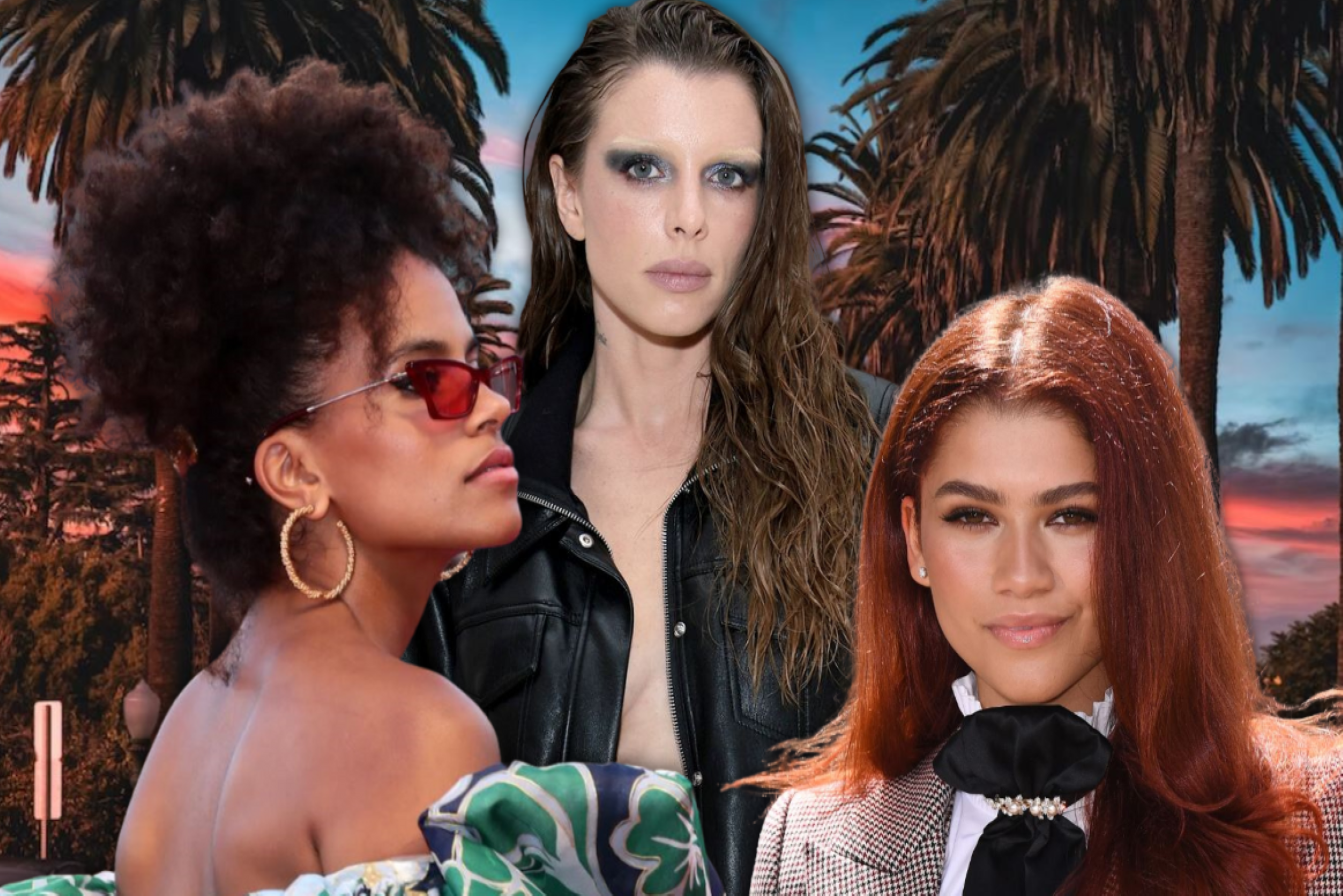What is Hair Cycling and Should You Try It?

We all have different hair wash routines, some of us wash our hair everyday, some of us a few times a week and some of us even stretch it out to a few times a month. Regardless of the frequency that you wash your hair you probably reach for certain products depending on how your hair feels and looks at that specific moment. You might feel like your hair needs repair and moisture, or it might feel caked with dry shampoo and in desperate need of a deep, clarifying cleanse. Maybe you’re ready to start your New Year’s wellness resolutions without biting off more than you can chew—and hair cycling is the perfect way to ease into things. You heard about skin cycling before, right? Well what if we told you you could do the same with your hair? Enter hair cycling.
Hair cycling is a trend on TikTok that piggybacks on the success of skin cycling. Skin cycling is a four-night skin care ritual: two days with chemical exfoliants and retinol, followed by two days to nourish the skin and then repeat. Hair cycling mimics that routine, honing in on specific products designed to support your hair at every stage.
@kelseygriffinn please sound off in the comments because I want to know if this is a thing and/or makes any sense😂
♬ original sound - kelsey griffin
What Is Hair Cycling?
Hair cycling is an approach to hair care that takes into account the different needs of your hair type. That could be anything from curl-enhancing shampoos and conditioners, purple shampoos or color-depositing conditioners, or deeply cleansing and invigorating formulas for oily or fine hair types. It is a method of alternating between products on wash days in alternating cycles. This is a completely customizable hair-care routine that can be adjusted to suit your hair-care needs. Your specific routine will depend on your lifestyle, how often you wash your hair and other factors.
Maybe your stylist told you to switch up your routine and incorporate a detox day into your week. Using the same products regularly doesn't take into account changes in your styling routine or how often you wash your hair. The strategy behind this is that rather than using a clarifying shampoo every time you wash your hair, try spacing out your use and giving your hair time to rest. The same idea goes for heavy hair products like ultra hydrating hair masks. Rather than using them every time you wash your hair and Rather than using them every time you wash your hair and overdo treatments or clarifiers, you alternate. This allows you to address multiple hair concerns like dryness, dandruff, or even an overproduction of oil without weighing your hair down or stripping its natural oils. Your products last longer when you only use what's needed, so it's easier on the wallet too. This allows you to address multiple hair concerns like dryness, dandruff, or even an overproduction of oil without weighing your hair down or stripping its natural oils.
Who Should Try Hair Cycling?
Anyone can try hair cycling. It’s great for people who want to improve their scalp and hair health, who doesn’t? Just remember not to overdo it. We know it’s tempting to form a multi-step overly complicated hair routine with every product under the sun, but that can be more damaging for your hair. Instead, find a go-to shower and hair care routine, and stick to it.
The Benefits Of Hair Cycling
While hair cycling may sound like a complicated process, it’s actually pretty easy. And the benefits of the trend are definitely worth the extra bit of effort. If you want to improve the health of your hair and scalp, hair cycling can help reduce scalp inflammation, restore nutrients to your mid-lengths and ends, heal heat and environmental damage, and prevent future damage through the recovery day routine.
Scalp Benefits
On your face, you want to keep that skin looking fresh and youthful as long as possible. You exfoliate and moisturize to keep it soft and supple. You use sunscreen in the summer and avoid harsh winds in the winter. But what about your scalp? It’s important to treat the skin on your scalp with the same amount of care, if not more, than the skin on your face. Over exfoliating or adding too much product to your scalp can ultimately harm the hair follicles and imbalance the scalp biome, leading to an increased risk of scalp irritation and inflammation.
Hair Benefits
Hair cycling is perfect for anyone who has multiple hair concerns. For example, if you have issues with both frizz and dehydration, you can dedicate one day during your hair-cycling routine to focus on using hydrating products, and one day can center around using products that address frizz. Or one cycle might include volume and curl definition, while another cycle might focus on moisture and smoothing. And don't forget about your recovery day—a deep cleanse with a clarifying shampoo or scalp scrub, scalp massage with a TO112 Shampoo Brush, a super thorough conditioning mask like TO112 Collagen Hair Mask, and a nourishing leave-in product like our TO112 Anti-Breakage Detangler.
If you’re someone who relies on a lot of heat styling, your initial wash day might consist of a reparative shampoo like TO112 Biotin Shampoo for Damaged Hair and Conditioner for Dry Hair, followed by TO112 Ultimate Hair Cream as a heat protectant. Your recovery day would follow the standard formula (clarify/massage/condition/nourish), with the inclusion of a bond-building hair mask in lieu of a standard conditioner, like TO112 Collagen Hair Mask.
If you’re someone who likes to push your wash days back, it’s important to cleanse your hair with a detoxifying shampoo. TO112 Shampoo for Fine Hair & Oily Scalps is a great choice for removing product buildup from the week. For those who want to lock in colour, opt for a clarifying shampoo that won’t undo all of the hours spent in your colourist's chair like TO112 Biotin Shampoo for Damaged Hair.
The Hair Cycling Process
As we’ve mentioned, the hair cycling routine will vary from person to person, a sample of a typical hair-cycling routine could look like the below:
First Wash of Cycle
Start out with a gentle clarifying or detoxifying scalp treatment, but remember to avoid using harsh scalp scrubs—they can cause tears in the scalp, which can lead to inflammation or infection.
Next double cleanse with your favourite sulfate-free TO112 Shampoo (depending on your scalp and hair type). Double cleansing helps you get rid of buildup from styling products so your scalp can stay clean and healthy, the first cleanse removes product build up while the second cleanse actually cleans your scalp.
Complete your wash routine by using a moisture-rich conditioner like the TO112 Conditioner for Dry Hair or sub the conditioner for TO112 Mega Moisture Mask, leave in for 2-5 minutes and rinse.
The final step in your hair-cycling routine should focus on restoring hair health. Consider mixing two products together like the TO112 Hair Serum, a lightweight formula that fights frizz and adds shine with a moisturizing leave-in hair cream like the TO112 Ultimate Hair Cream made with tamanu and pomegranate oils and camellia extract to provide hair with 8 key benefits including anti-breakage, heat protection, weightless moisture, brilliant shine, natural UV protection, smooth polish, light hold, and added strength.
Second Wash of Cycle
You already used a clarifying or detoxifying scalp treatment in the first wash of the cycle so you want to skip that step for the second wash of the cycle to avoid being too harsh on your scalp and hair. Instead go straight into double cleansing. We recommend using a moisture rich shampoo like TO112 Shampoo for Dry Hair & Dry Scalps.
Next it’s time for a deep condition with a hair mask. If your hair is dry and dehydrated we recommend the TO112 Mega Moisture Mask and if your hair is colour treated or you are starting to gray opt for the TO112 Collagen Mask for an extra boost of protein. If you aren’t sure if your hair is dehydrated or damaged you can perform a strand test - Fresh out of the shower, carefully take a single strand of damp hair from your head and pull lightly from both ends. Watch how your hair reacts to being pulled, and notice how stretchy it is. If your hair stretches about 1/3 and returns to its normal length, congratulations you have healthy hair! If your hair doesn't stretch, or only slightly stretches before breaking, your hair is damaged, and needs a protein fix and you should use the TO112 Collagen Mask. If your hair stretches but doesn't return to its original size, your hair is dry and dehydrated and the TO112 Mega Moisture Mask is your answer.
For the last step use a leave-in conditioner to eliminate frizz, prevent breakage, and strengthen the hair. Our TO112 Anti-Breakage Detangler is perfectly pH balanced with natural ingredients like orange extracts to promote cuticle health, strength and shine. Deep conditioners like tamanu oil and aloe provide lightweight balance and elasticity to prevent breakage and fortify every layer of the hair shaft.
No matter what your mane requires, it may take a few tries to find the perfect hair-cycling routine—but this trend is truly beneficial for all types and textures. If you've been looking for a way to address multiple hair concerns without overdoing it, hair cycling might just be your answer.



